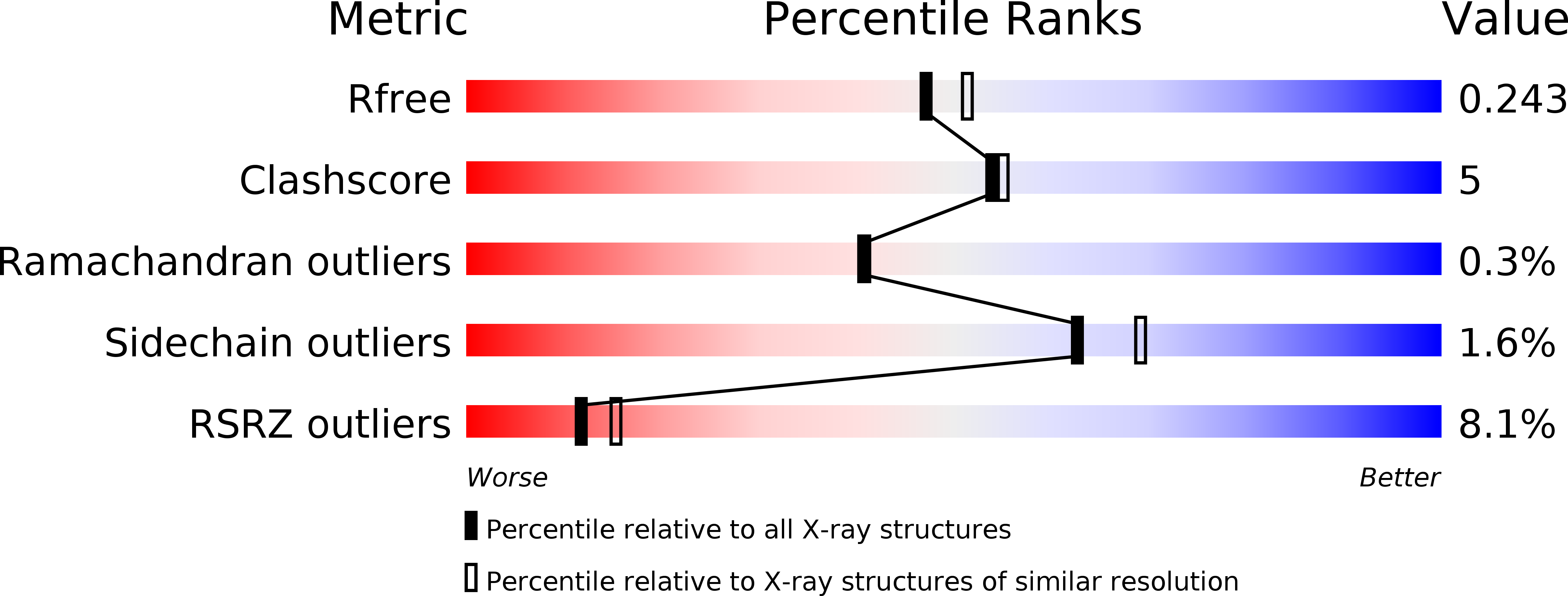
Deposition Date
2005-02-17
Release Date
2005-06-21
Last Version Date
2023-10-25
Entry Detail
PDB ID:
1WYW
Keywords:
Title:
Crystal Structure of SUMO1-conjugated thymine DNA glycosylase
Biological Source:
Source Organism:
Homo sapiens (Taxon ID: 9606)
Host Organism:
Method Details:
Experimental Method:
Resolution:
2.10 Å
R-Value Free:
0.24
R-Value Work:
0.20
Space Group:
P 21 21 21


